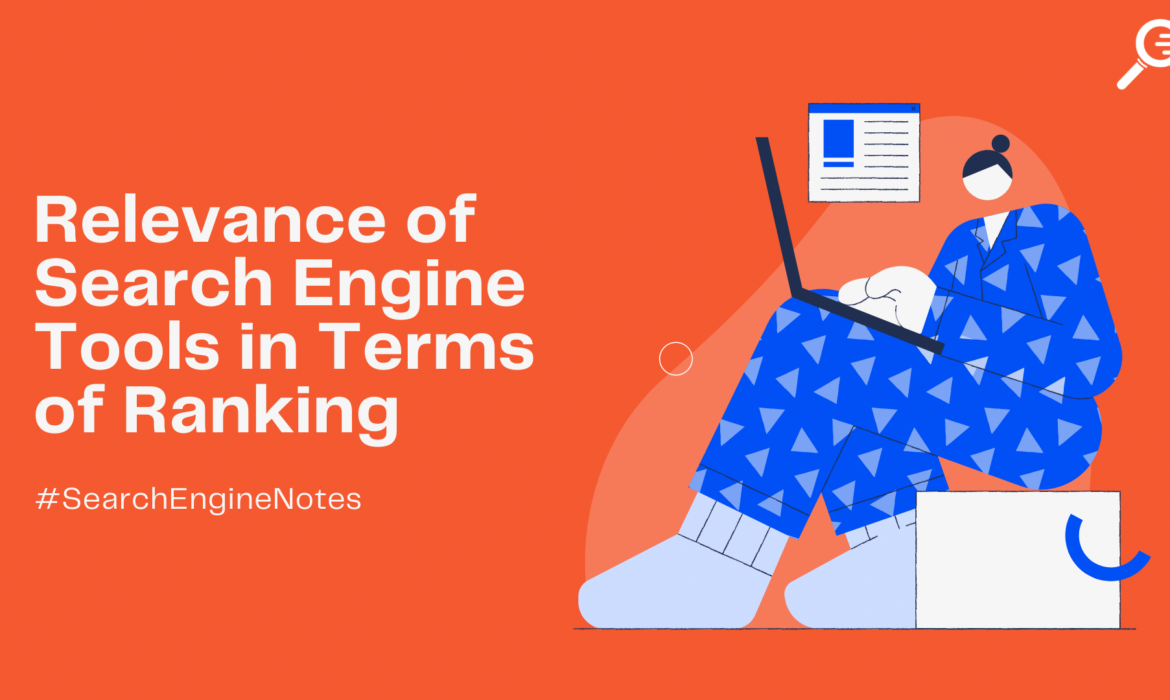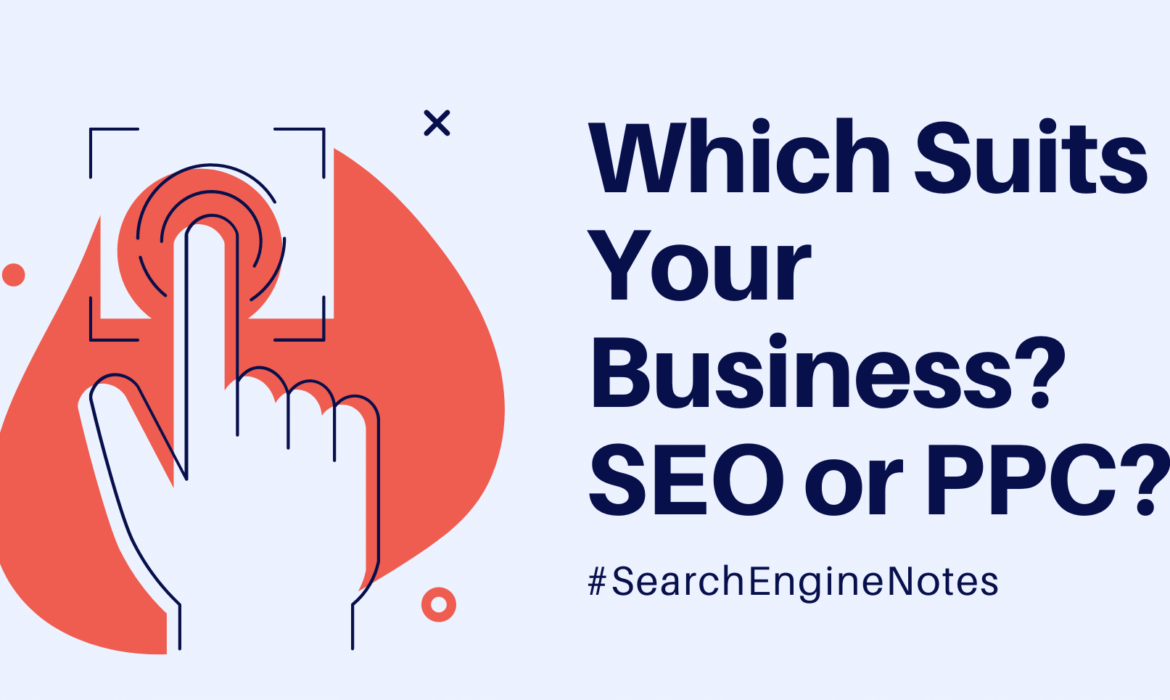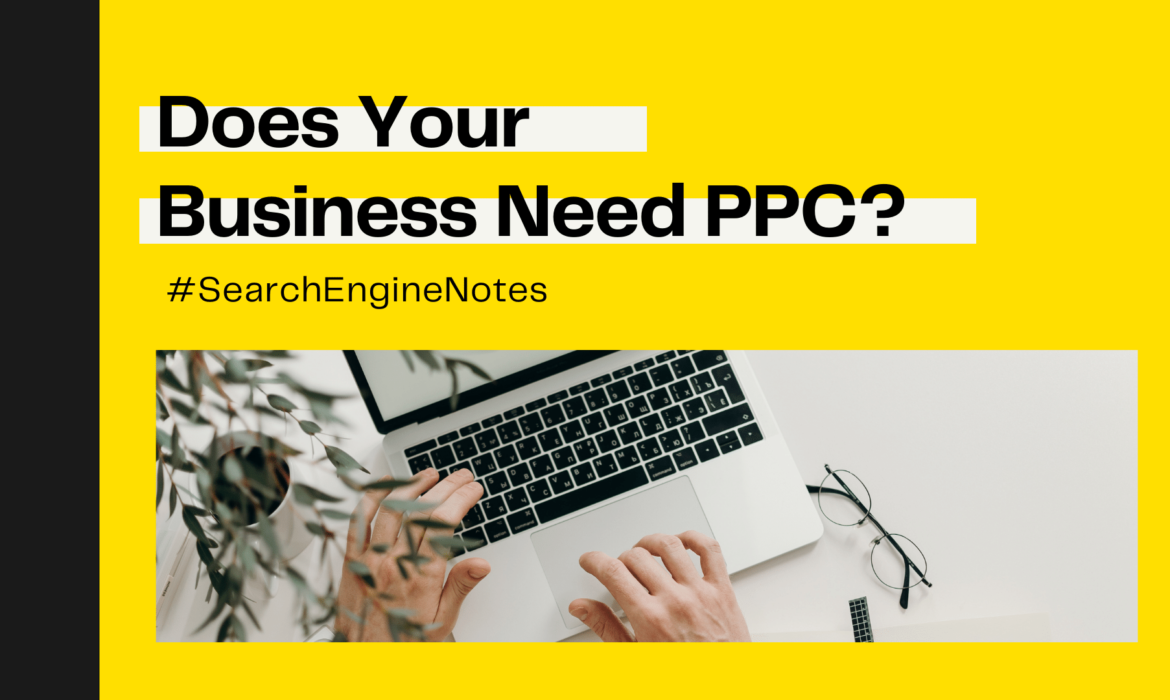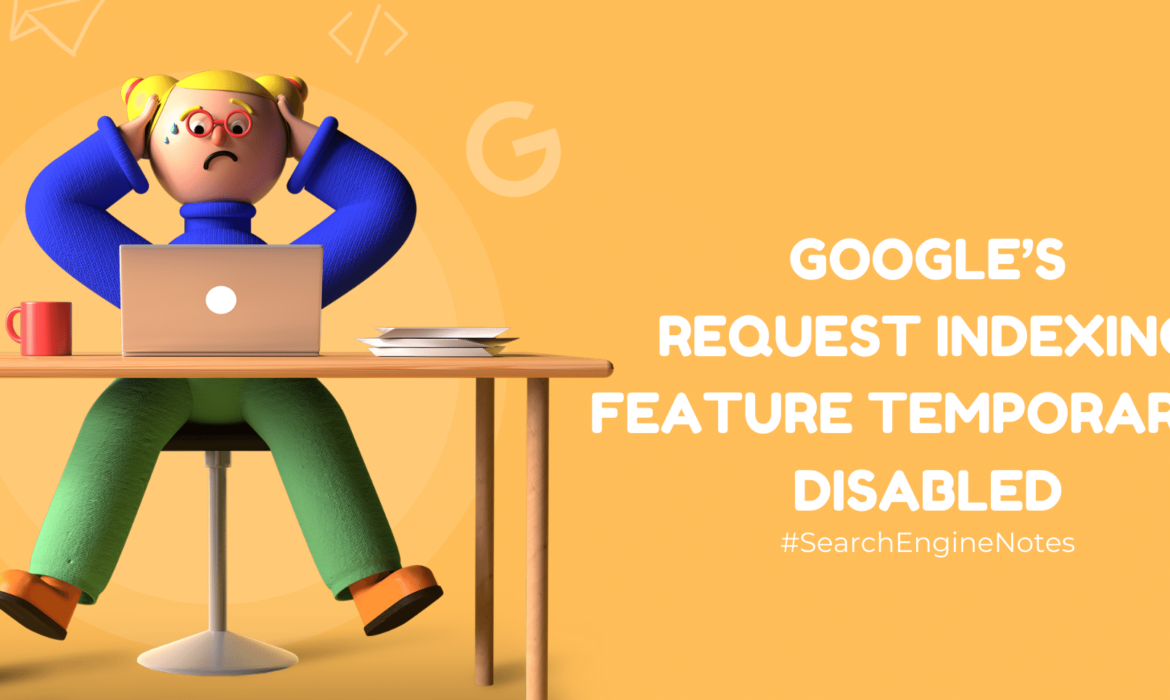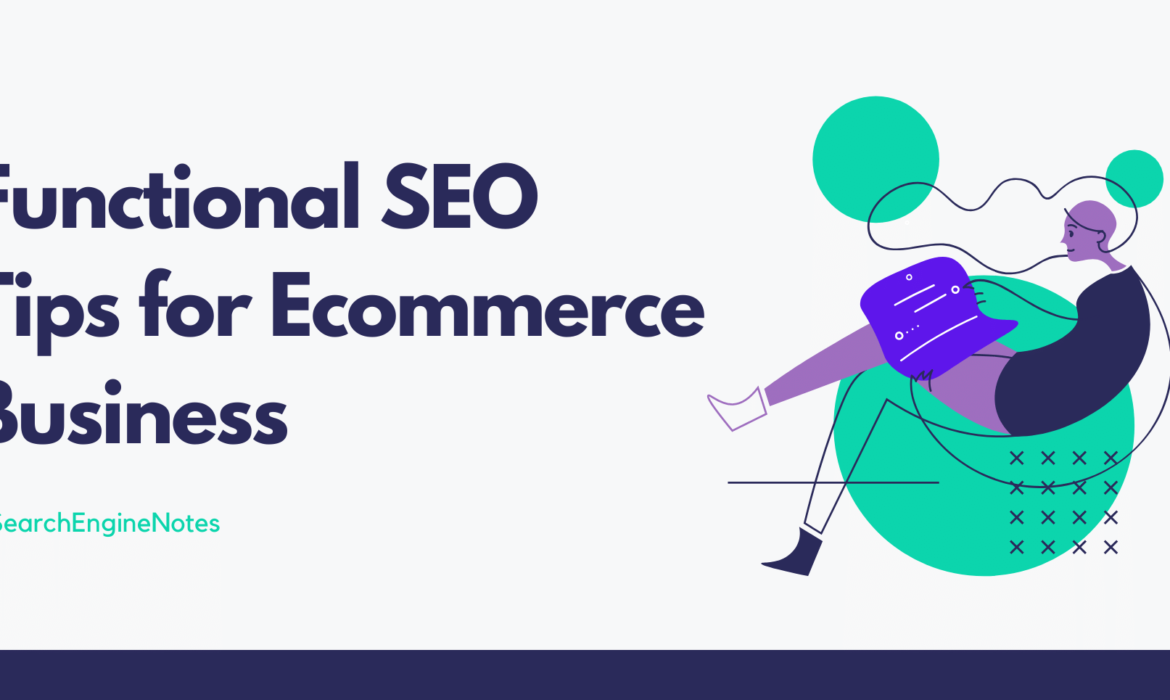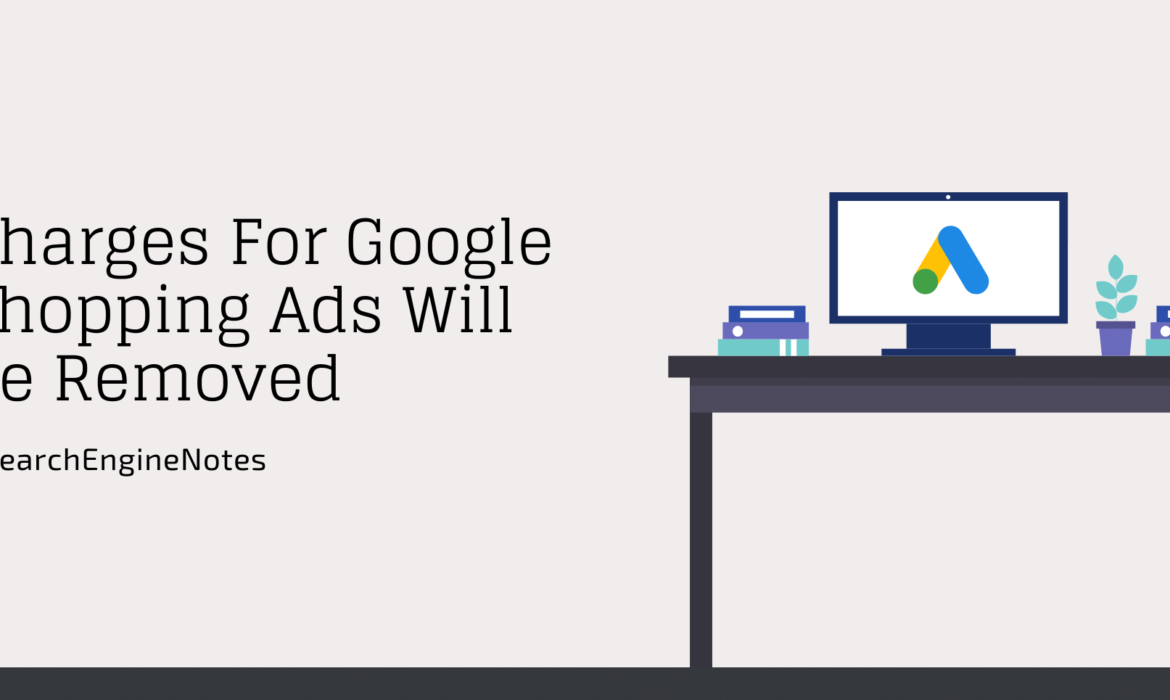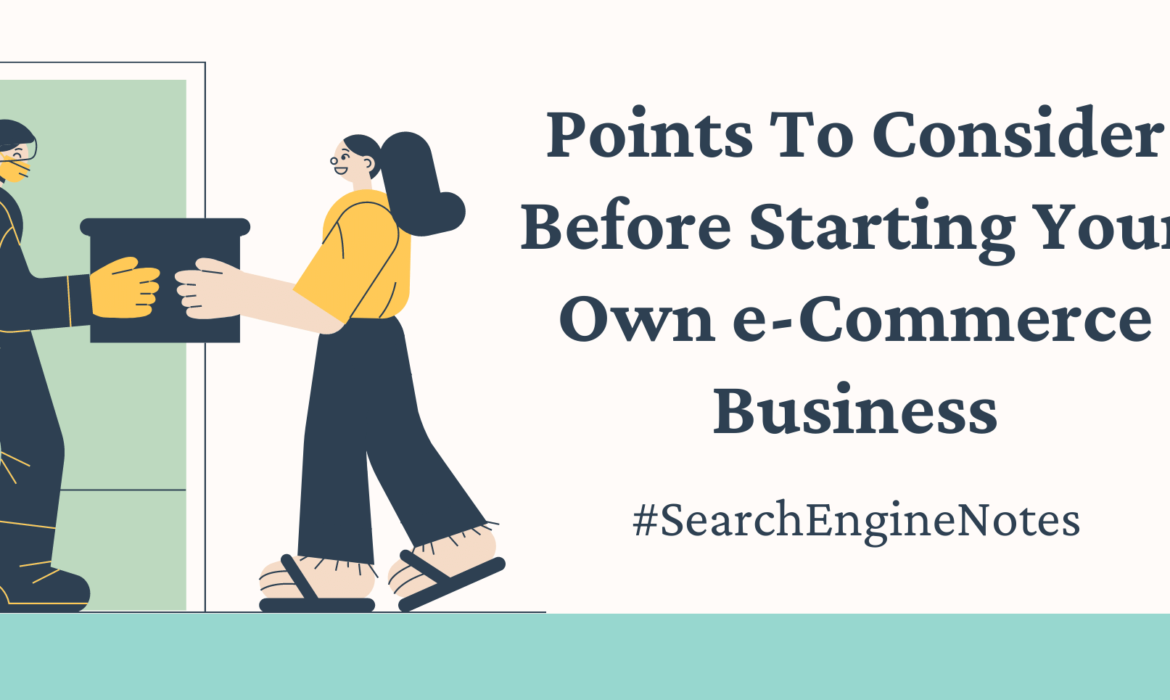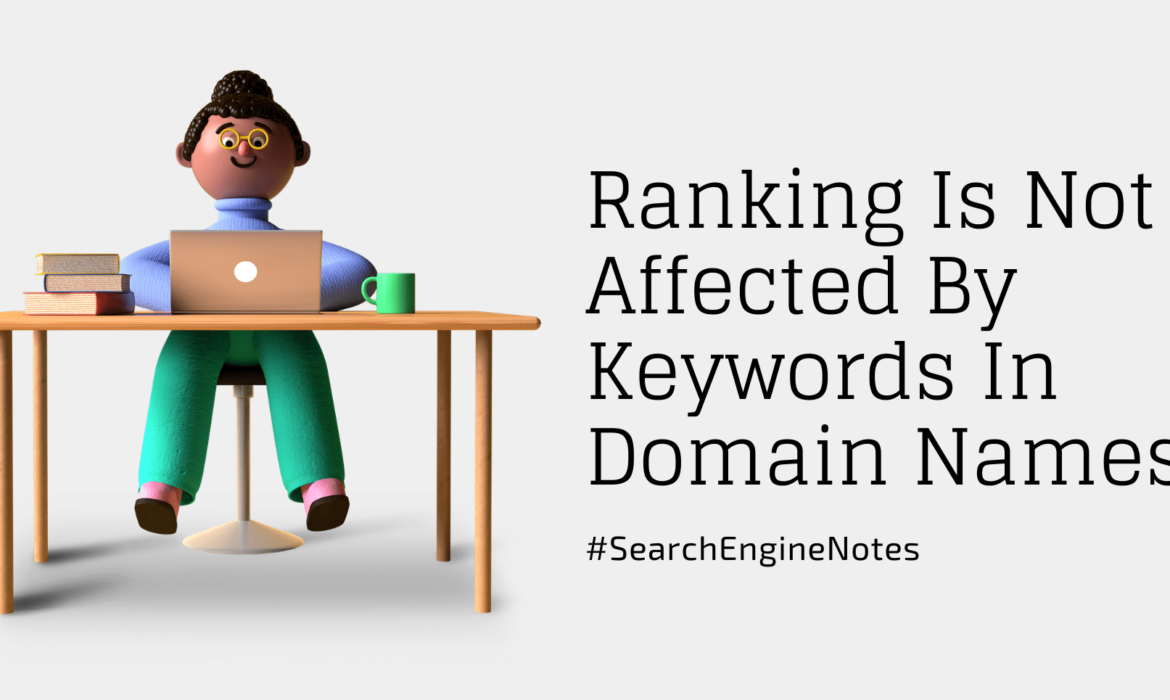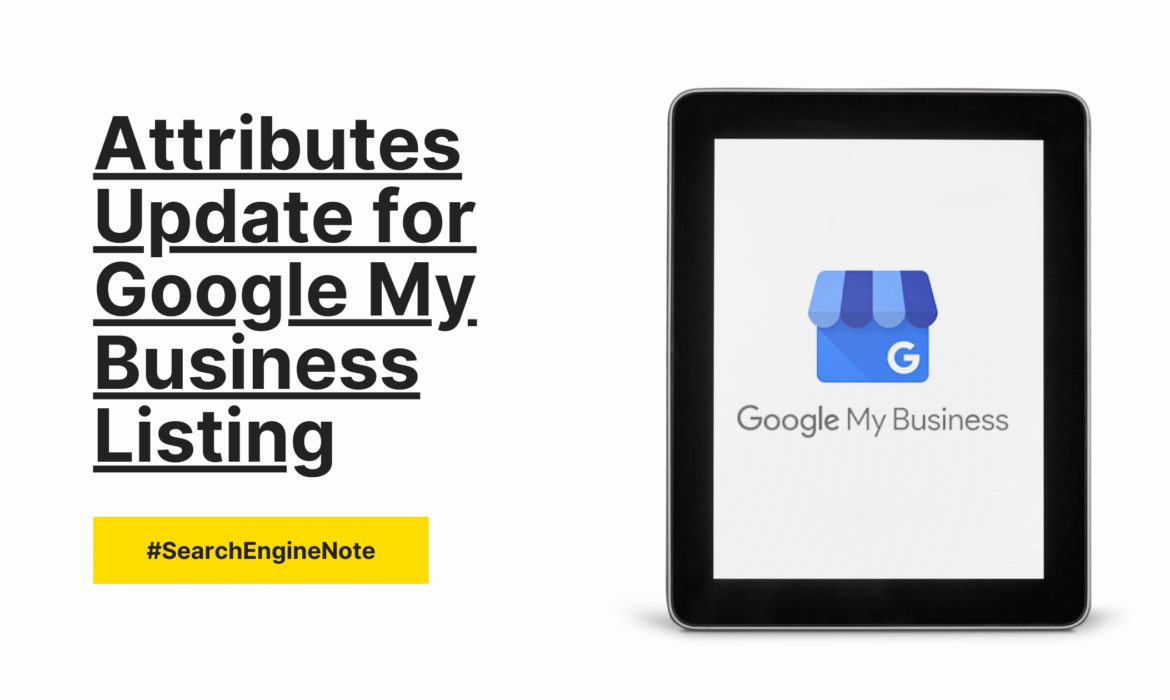Relevance of Search Engine Tools in Terms of Ranking
Following rankings isn’t as obvious as it used to be any longer. So are ranking tools still helpful for SEO?
Are rankings even important anymore?
This has been a seething discussion among people for decades. As the significant web indexes started giving outcomes that fluctuated dependent on what your identity is, SEO experts have contemplated whether the rankings you see are really the rankings you get. And afterward, there’s the ever-changing design of the SERPs.
When you take a gander at a SERP, what do you think about the top outcome?
Is it the Shopping results?
Is it the outcome in the maps?
Shouldn’t something be said about the Knowledge Panel?
The meaning of the top outcome isn’t obvious nowadays. Following rankings isn’t obvious, as a rule. The variety in the SERP design makes it difficult to know what the genuine top position is without investigation.
A significant number of the tools that track rankings have settings to comprehend the pieces of each SERP that show up under a particular question. Yet, that being said, following rankings isn’t as simple as taking a gander at a straightforward outline any longer. Rankings, be that as it may, are as yet critical to follow. Indeed, even with the multiplication of customized results, narratively I can say that the SERPs for most of questions seem static. That implies a great many people are seeing similar outcomes you see when they use a tool for a query. So you can follow rankings in most inquiries.
Rankings should seldom be a key execution pointer for SEO. However, really as often as possible, they are. Numerous clients come to us with stress on rankings. The overarching thought is, on the off chance that I could simply rank for [a keyword], the entirety of my SEO inconveniences will be finished.
But this is not the situation. Truth be told, much of the time, we’ve seen rankings for specific catchphrases acquire futile traffic that never brings results.
Keyword research is very important for tracking rankings. Before, rankings were something that SEO experts indicated their customers in light of the fact that, to be honest, it was simple for them to comprehend and demonstrated the advancement that was being made. Today, showing the importance of ranking a particular keyword is totally pointless without going further and breaking down the traffic that is created by the ranking. It’s hard to track consumer journeys that pour in from a particular keyword.
Nonetheless, by seeing how your organic traffic is pouring over, you can make to some degree exact assessments of how rankings are influencing the business. Ranking tools can’t precisely give information on the conversions that occur from explicit keyword searches.
Your most important SEO tool is your mind, your ability to think, to put yourself in the consumers’ shoes. You should be able to assess how changes in rankings on the SERPs influence your traffic and conversions.
So, going back to our original question, are SEO ranking tools relevant?
Well, to be honest the answer is, YES!
But any tool used without intelligence will not bring results. The most important tool is our brain and if we think logically the main magic happens on the website and not on the SERPs.
Which Suits Your Business? SEO or PPC?
This is an age-old question which we have faced time and again. Clients ask us all the time to suggest which one is better? Which one should they consider? Well, to be honest, there is no right answer to this and I will try my best to provide a holistic view on this matter.
Let’s start with SEO
SEO as we all know is short for Search Engine Optimization. SEO is the process of constant content optimization of websites and webpages so that it improves the potential of your site to rank in the organic results in various search engines. SEO provides organic traffic which is free of cost but it takes a while to rank in organic search results.
SEO is a long term process and you might need the help of an expert to achieve top ranks faster. It takes us primarily a little over 3 months to rank for low competition keywords and somewhere around 9-12 months to rank for high competition keywords. Rank here refers to the first page ranks only.
Let’s take a look at some PROs and CONs of SEO
PROs
- Organic Traffic – No marketing can provide free, credible, and organic traffic like SEO does. It takes time to reach the top ranks but it sure is worth the time and effort. Once you reach the summit you can even pause your SEO for a while and it will not matter. Ranking in the top spot means you start reaping the advantage of the vicious cycle of SEO. More people will link to your site which will in turn drive more and more traffic thus fortifying your position further in the search engines results’ page.
- Credibility – Some users do not pay attention to search ads on the results page. Having your site turn up in the organic results will boost your credibility as a brand. Viewers will put more trust in your brand and will more likely consider you for their requirements.
- Cost-effectiveness – SEO is not entirely free, to be honest, as it takes a considerable amount of time and effort (read investment) to build your position in the organic results. Once you acquire the ranks it helps drive a lot of traffic and boosts your business. As it’s organic you are not charged on a per-click basis and you can continue to reap the benefits for as long as you want without any other cost implications. The ROI, when compared to other paid media, is way better.
- Competitive advantage – it takes a lot of time to enter the top ranks of SEO. It is neither quick nor easy. So once you fortify your position in the organic results, it will not be easy for your competitors to buy a spot above you. So you can continue to reap benefits from your organic traffic while they have to put in the work to get a spot in the top ranks. It’s always good to start SEO early because the early bird gets the rank (considering that you do everything right and you are not competing with giants like Amazon or eBay).
CONs
- Keyword competition – It might happen that the keywords you are targeting are showing results for big brands. This indicates that you need to rethink your keyword strategy because it will take years to outrank big brands or conglomerates who have a huge team working round the clock for their organic rankings. You cannot possibly compete with them and win soon enough.
- Content Development – The only way to achieve strong organic visibility is through quality content assets. Constant content optimization and content development require a dedicated in-house team. You can also hire an SEO agency for the same but there is a cost implication in both options.
- Time – SEO is a time taking process and it is not a myth. If you are willing to rank organically by using the right measures then you need to be patient. SEO doesn’t come with quick results but it does provide sustainability and a good ROI over long periods of time. If time is a constraint and you are looking for quick results then SEO is not meant for you.
Now we shift our attention towards PPC
PPC or Pay-Per-Click advertising solution is provided by many online platforms. Google has Adwords, other social media networks like Facebook, Twitter, and Quora also have their own respective PPC offerings.
PPC is a marketing model where ads are displayed and you pay for the clicks which ultimately drive traffic to your website. PPC is flexible in nature and you can target your campaigns with laser point accuracy. It takes experience though to set up a successful PPC campaign right off the bat. You may need to optimize it constantly if you have never run one before.
Let’s look at some of the PROs and CONs of PPC
PROs
- Fast and effective – PPC campaigns are the best bet when you want results and you want it now. A PPC campaign can be up and running in a matter of weeks and unlike SEO it starts providing visible results right from the start. PPC is the fastest way to reach in front of customers who make search queries with the intent to purchase. A short PPC Ad campaign can also serve as an effective tool for testing a new product or a marketing message. It delivers quick results and indicates key gaps in the process.
- Targeting – PPC provides the best targeting options to position your brand in front of potential customers. You have control over various factors viz., Query Keywords, Time, Days of the week, Geographical location, demographical factors, devices, and other audience factors. SEO in comparison is far more scattered.
- A/B Testing – PPC provides the flexibility and the option to test multiple ad sets, landing pages, and even CTAs to ascertain which performs better. This can prove to be beneficial as this information acts as market feedback and thus can be implemented in other areas of marketing.
- Insights – PPC provides marketing data and insights, unlike organic search. It is very easy to determine which keywords are performing better and what is the conversion percentage and cost implications for the same. Analytics software (Google Analytics) provide the option for deeper research and study of each campaign.
CONs
- Can be Expensive – If not managed properly the cost of a PPC campaign can spiral out of control. Lack of proper research and experience can prove to be costly in this scenario. Targeting entire counties or international campaigns will come with a huge price tag.
- Continued Investment – Unlike SEO, PPC is pay for results marketing. Once you stop the investment the traffic goes away and the leads cease to pour in. Paid advertising is viable as long as the acquisition cost is right.
- Expert Management and Optimization – A successfuland cost-effective PPC campaign needs the expertise of a veteran. A lot of things need to be monitored and optimized viz., Bids, Quality Scores, Positions, and Click-through rates. You need the help of an expert to keep things in check and manage your costs efficiently.
- Constant Need for Improvement – PPC Ads become boring and repetitive after a while and you need to change and improve your ad copies and messaging from time to time. PPC ads can be easily imitated by your competitors too. They can even get a glimpse of your entire funnel and strategize accordingly.
SEO vs. PPC – Conclusion
Well, I tried to give you a quick glimpse of both the worlds of SEO and PPC. The factor that will influence the decision to choose one over the other is the nature of your business along with the time and financial prowess that you have.
So the question that you need to ask is not SEO or PPC. The questions are: Do you need leads now or can you manage without them for the time being? Are you in for the long marathon or do you want to win the short sprint? Do you have any website traffic or is it too dry out there? What is the level of competition in organic search keywords that you are willing to target? What is the cost per click in PPC?
Chalking out clear short and long-term business goals is an essential step that needs to be taken before concluding whether to choose SEO or PPC.
SEO and PPC – The Suggestion
This is every marketer’s dream, the best of both worlds, an integrated symbiotic strategy for both long and short-term returns. SEO and PPC together make a great team and support each other beautifully. You can do a lot of things if you integrate both. PPC can provide keyword and conversion data which can be used to optimize organic traffic i.e. SEO. High cost, high volume keywords for your business can be moved from PPC to organic search. Leverage Remarketing to cast a net on your organic viewers and boost your conversions.
Though implementing both SEO and PPC may not be an option for most businesses, it does ensure improved results. Utilizing both paid and organic channels ensure brand visibility and authority.
Do reach out to us if you are still confused between the two. For more such insights and updates keep an eye on our Facebook and LinkedIn pages.
Does Your Business Need PPC?
In this blog, we will try to define what PPC is and then touch on the important points as to why your business needs PPC irrespective of the industry or niche it belongs to. Chances are that you already know what PPC is but still we will get that out of the way to get rid of any confusion.
SO, what is PPC?
PPC stands for Pay-Per-Click advertising. No brownie points if you have guessed it already. It is a standard marketing model in which every time an ad is clicked the advertiser has to pay a certain amount. It is a shortcut to getting more website visits. Instead of working towards it organically by earning the visits, you are basically buying visits.
Say, you set up a PPC campaign for the keyword ‘latest footwear’ or maybe ‘trending’ or ‘trendy footwear’. Now each time a user places a search query for these words your Ad is highly likely to show up (depending on the bid you placed). We will assume that it does and for each click, the search engine will charge you $5. This might seem high at first but say one $5 visit resulted in a $500 sale. The profit margin is high and the return on investment is off the charts, right?
The formula for a fantastic PPC campaign comes from years of experience and experimenting. Focus on the following points to come up with a successful PPC advertising campaign:
- The relevance of Keyword – Having the right set of keywords list, keyword groups that are related to your niche, and compelling ad copies is the key.
- Landing Page – This is the page where the viewer is redirected to after clicking the ad. So you know how important this is. Clear call-to-actions, query-specific content, and persuasive visuals are the few basic points that need to be considered for creating a successful landing page.
- Creativity – Both the creative and the ad copy for your PPC campaign is crucial. Coming up with the right balance of both that churns out clicks is essential for the success of your campaign.
How can PPC marketing help your business?
The most important role of PPC marketing is it guarantees your company’s appearance at the top of the results page. SEO can help you to reach the top spot organically but it is a time taking method. PPC ensures instant results.
The sponsored ads are shown above organic results and this plays a vital role for mobile viewers. With the dearth of screen space, searchers are more likely to focus on the sponsored ads first.
Setting up a PPC campaign for seasoned veterans hardly takes an hour and if you have the funds required, PPC will ensure the best results for your investment.
PPC marketing is also popular because tracking results is much easier. You have the luxury to track every dollar spent on each ad set and keywords for each campaign. This allows you to determine your ROI in a much more accurate and efficient manner. Testing and experimenting with multiple campaigns also become much easier in this scenario.
PPC provides the ability to schedule your ads, set up location-specific ads, and the time for which these targeted ads will run. PPC also provides you access to each search engine’s affiliate network websites and products. PPC marketing can drive instant results for your business provided that you implement it properly.
If you have a small business and do not have the luxury to splurge on PPC marketing you can always opt for organic marketing. SEO and social media campaigns are the best organic marketing methods to drive results and they prove to be valuable assets for your business in the long run.
Google’s Request Indexing Feature Temporarily Disabled
Google announced on their Webmasters Twitter handle that they will be temporarily disabling the “Request Indexing” feature of their URL Inspection Tool. This tool could be accessed from the Google Search Console. The announcement was as follows:

The URL Inspection Tool was primarily used to request a crawl of URLs individually. This is important after a new page is added or changes are made to an existing page of a website. Though not a full proof action, it necessarily accelerates the rate at which Google indexes the new content.
Google had mentioned previously that it does not “guarantee” immediate indexing through this process and may even choose not to index the new content at all.
Since it has been mentioned “infrastructure changes” it might lead to some enhancements to this feature and the inside story is that this might take at least a few weeks if not a few months.
Google has mentioned that it will continue to detect and index new content through their regular methods so it is something that site owners need not worry about much. Site owners can make do without this feature temporarily it will not have any noticeable impact.
Functional SEO Tips for Ecommerce Business
An e-commerce website is like an online virtual store and just like its brick and mortar counterpart, it needs to attract customers in order to be successful. While brick and mortar stores have a con that they are rigid and cannot be moved once placed. An e-commerce store has the power to shift placement whenever it’s required. The whole game boils down to reaching out to the right set of audience and attracting organic traffic to the website. This is where SEO plays a key role. If implemented strategically, over a period of time, SEO will not only help you to reach to prospective customers who are looking for your products and services, it will also create a brand presence by helping you reach top ranks in the SERPs. If your website/e-commerce store is visible, more and more quality traffic will start pouring in and the chances of conversions will rise.
Below I will provide a few tips which can help you optimize your ecommerce website and boost your chances for more conversions.
- Keyword Niche
Finding the right set of keywords for your niche will determine the result of your SEO efforts. An extensive keyword research should be conducted and choose a set of keywords that match your business. The main focus should be to keep in mind the nature of user queries and frequently used search terms. Keep some Long-Tail keywords in your bucket and these will help you rank for specific niches faster. Determining the specific search queries of your end customers and evaluating the users’ search intent will help you to finalize your set of targeted keywords.
- Say No to Duplicate Content
Ecommerce websites face a lot of issues because of duplicate product descriptions. Since many ecommerce websites list products from several vendors they put up descriptions which are generally provided by the vendor themselves. The problem is these sellers provide the same description to every ecommerce portal they sell their products through. This creates a huge issue and affects the ranks of the ecommerce websites substantially. Try to use unique descriptions for your products and you will be good to go.
- Image Optimization
The importance of ALT Tags cannot be stressed enough when it comes to e-commerce websites. Generally, there is a huge inventory of images on e-commerce websites. Apart from them being attractive and unique so that your viewers are compelled to buy your products they can play another important role in driving traffic to your website. Important Keywords can be added to the ALT tags of the images on your website. This will result in them popping up in Google’s Image Search Results and will in turn help you to attract organic traffic to your website.
- URL Optimisation
URL mapping and optimization is very crucial for SEO. It helps search engine bots to properly crawl and index your website’s pages for the right keywords. URL optimization and proper structure plays a vital role in indexation of your website. Also having a neat and efficient URL structure improves the overall user experience of your viewers thus decreasing the bounce rate of your website and increasing the chances of conversions.
- Broken Links
This is a major headache and the worst nightmare of any ecommerce store owner. Having a broken link means disrupting the flow and overall experience of your viewers. Imagine clicking on a product to view its description and landing on an “Error 404: Page Not Found” is something which you would not want to happen. Right? Having broken links or ignoring them specifically when you are selling from your website is something that you would want to steer clear of. There are a host of online websites which can help you detect such broken links. So remember to run regular checks on your website and do get any broken links fixed if any crops up.
These SEO tips will help you get started for sure. There are a lot of factors which you also need to consider while running an eCommerce website. Do feel free to reach out to us if you are facing any issues and we will be happy to assist you.
Do check out our last week’s post on Digital Marketing Tips for Ecommerce business in case you have missed it. Also do follow us on Facebook and LinkedIn to get such tips and updates.
Charges for Google Shopping Ads Will be Removed
Earlier this year due to the pandemic, Google rolled out free shopping ads in the US. Since April, Google shopping listings have been free in America. Google has plans to extend this benefit to more countries over the world. Soon retailers across Europe, Asia, and Latin America will be able to run free Google Shopping listings.
The change will most likely start taking effect from mid-October. The financial and situational crisis, that hit many businesses, was the main reason behind this change. Many businesses have since moved online and more and more consumers have also started showing a rise in online shopping activity. This change will not only benefit retailers but also consumers who will now have the benefit of choice irrespective of the scale of business they are transacting with.
This change will provide an opportunity for many struggling businesses to resume operations and reconnect with their consumer base. Many businesses have a robust stock of items that people are searching for online but there is a huge gap because they do not have any online presence whatsoever.
Google saw a significant rise in the percentage of engagement between consumers and merchants after they rolled out free shopping listings in the US. Google wishes to expand this benefit beyond borders now so that retailers all over the world can take a sigh of relief.
Retailers who can afford to pay though can still do so. Google has left that option open. It is quite obvious to state that paid listings will benefit more than the free ones and will appear in ad slots above the free ones in the Shopping Tab. So it is still advantageous to pay for shopping listings on Google.
So, how will you run your free Google Shopping Ads?
- Create a Google Merchant Center Account or sign in if you already have one
- Click on Growth in the left navigation menu
- Go to Manage Programs
- Select Surface across Google
- Use Product Feed to add your products
- Follow through with the website verification process
- Confirm that the website belongs to you
- Click on Activate and you are all set
Stay tuned on our Facebook and LinkedIn pages as we will share the news when this goes live in India.
Points to Consider Before Starting Your Own eCommerce Business
The eCommerce industry saw a sudden spike because of the pandemic that disrupted our whole system of transactional activities. It is rather safe to state that eCommerce will be the way to conduct business, it is the ‘new normal’ now. Though we have seen traditional brick and mortar shops resume operations with adherence to safety guidelines, ‘cautious consumers’ are still steering clear of any gatherings and are trying their best to keep human contact at a bare minimum. It is imperative to state that now is really a good time to start that little pet project or side hustle of yours if you were contemplating about it during the recent past.
Many people and ‘entrepreneurs’ (as they like to call themselves) have started to jump aboard this rocket to the stars called eCommerce. I would just like to give a few pointers as to how you can actually setup an eCommerce business which will provide you with what we like to call a ‘competitive edge’.
- The Niche
This is a very important aspect that I have seen many people ignore while planning their new venture. I have seen many eCommerce sites that have product categories which have no similarities and logic whatsoever. The Target Group is so widespread that God knows how many shopping campaigns they have to setup to get success.
The key here is to identify a niche that is not overly competitive thus giving you some shot at the market share and also doesn’t lack competition, which actually means that there is no (read as enough) demand in that niche.
- The Model
There are many models that may or may not apply to your business. Base your eCommerce business on the most suitable model and work your way up accordingly. Try to research and find out what other successful brands are doing in the same model. The models are bifurcated in the following manner:
Traditional Method:
- B2C – Business to Consumer
- B2B – Business to Business
- C2B – Consumer to Business
- C2C – Consumer to Consumer
Value Delivery Methods
- D2C – Direct to Consumer
- White Label and Private Label
- Dropshipping
- Wholesaling
- Subscription Based
Platform Based Methods:
- Mobile Commerce
- Facebook Commerce
- The Platform
Many people are still confused about how to setup their online business and which platform they should use. Refer to your budget and the kind of brand outlook you want to portray before cashing in on any platform. Following is a list of platforms, with names of brands currently using them, that you can consider for your ecommerce business (the order of the list do not signify anything and it is a random depiction of the platforms available):
- BigCommerce – SkullCandy, Bliss World and John Paul Mitchell Systems
- Shopify – Hasbro, Heinz and Penguin Books
- Wix – NetMD, Victoria’s Secret and SAG-AFTRA
- 3dcart – Daktronics Inc, Dotmailer and Webimax
- WooCommerce – Analytic Focus LLC, Fresh Realm LLC and Air Lift Company
- Squarespace – Tony Hawk, Airwalk and Lyft Blog
- Magento – Hermes, Christian Louboutin and Oliver Sweeney
- Weebly – Dwarmis, The Readydesk and Wall’ in
- Volusion – polartcenter, Nitecorestore and ansgear.com
- Prestashop – salling, pop-line and Harryfay
- The Registration
I will be focusing on how to register your business with respect to India only. If you belong to any other nationality please conduct thorough research before setting up your business.
- Submit the DIN 3 form on the official website of the Ministry of Corporate Affairs. Just attach and upload the necessary documentation and you will get your Director’s Identification Number.
- You need to have a PAN (Permanent Account Number) and Digital Signature Certificate.
- After getting your DIN you can check for the availability of the name you have chosen for your company on the official website of the Registrar of Companies (ROC) and even on the website of the Ministry of Corporate Affairs.
- Once you get approval for the name you can incorporate your company within six months.
- You also need to apply for the Goods and Services Tax (GST) certification (Shops and Establishment License) which is required for Payment Gateway Integration and Professional Tax.
- The Marketing
The most important piece of the puzzle, the one that will ensure that quality traffic pours in your website and conversions keep raining heavier than peak monsoon. The aspects that you need to focus on to get your marketing straight and make your dreams a reality are:
- Search Engine Optimization also known as SEO – Well this is smart marketing and this rules over anything and everything. There is nothing like getting free, organic traffic to your website by just popping up on the results page with respect to your consumers’ search queries. I may have made it quite a lot simple there but the main point that I wanted to drive through is the fact that there is no harm in investing in SEO. The earlier you start the more advantage you will have over your competitors. You need the help of experts to guide you for this. SEO if executed properly will continue to provide you with returns over a long period of time. The right mix of low competition and high search volume keywords which pertain to your audience will bring the results that you wish for.
- Social Promotion and Advertisements – You can use all the tools at your disposal and invest in social media platforms to drive sales and increase your brand’s awareness. Again your niche and Target Audience will play a vital role in providing you the right results. If you run Ads blindly then you are most likely to miss and burn a hole in your pocket without any returns. Use Facebook and Instagram’s Shopping Campaigns to increase the number of conversions and boost sales for your brand. The manner in which you showcase your product/service will determine the conversion percentage. Try to put yourself in the shoes of your consumers and ask yourself if you would click on your Ad and buy your product/service or not. This will help you to fine-tune your Ads.
- Retargeting – This is a process where a cookie (not the one in your jar) is placed on the system of those who have visited your site and exits without making a purchase. Now if this visitor enters another site which hosts retargeting ads then he/she will get to see ads of your products. Though this is an expensive route to use the rate of positive results is much higher if you use this method.
Those were some vital points which I believe many people do not take into consideration while planning about their eCommerce venture. Wish you all the best and do not hesitate to reach out to us if you are stuck somewhere while planning your next eCommerce business.
Domain Names do not Need Keywords for Ranking
Google’s Webmaster Trends Analyst, John Mueller in his latest Ask Google Webmasters video revealed that there is no ranking benefit associated with having keywords in a domain name. Keyword based domain extensions also known as top level domains (TLDs) offer no ranking benefit according to John.
This contradicts many studies and surveys which indicates that having keywords in the domain helps in ranking. Mueller specifically mentions in the video that a keyword in a domain name will not help a site rank better for that keyword. This is what he said, “Just because a website has a keyword in its domain name doesn’t mean that it’s more relevant than others for that keyword. In short, you don’t need to put keywords in the domain name.”
He even further went on to mention that using a keyword in a domain may put the site at a disadvantage. He states that it will be difficult for any particular site to shift to a different niche if they have a specific keyword in their domain.
Mueller said, “From a practical point of view, it’s worth also keeping in mind that businesses evolve over time, and moving domains is hard. So it often makes sense to pick a domain name that you can use for the long run and not necessarily one that just matches what you’re offering today. For example, if you focus on making awesome blue widgets, and build your website on BestBlueWidgets.com, what do you do when you start offering red widgets?”
Planning for the long haul is the key here. Choosing a domain name which can be used universally, irrespective how the business changes itself. It is absolutely unnecessary to worry about your site’s domain name and whether it will help you to rank for a specific keyword or not.
In John’s words, “So instead of spending too much time on the domain name, or the top-level domain name, focus instead on building a site that you can continue to use for the long run.”
You can watch the full video here: https://youtu.be/nSAVmUvMU_0
New Set of Attributes for Google My Business Listing
Google has rolled out new attributes for its My Business listings with options to help highlight health and safety measures. The aim is to help businesses highlight the measures they are taking to protect customers during the pandemic and this can make all the difference in choosing one business over another.
The new attributes that businesses can add to their listings are:
- Appointment required
- Mask required
- Staff wear masks
- Staff get temperature checks
- Temperature check required
Searchers can now take precautions accordingly and can use these attributes to decide about where to visit and more importantly the ones to avoid.

These attributes have already started showing up on Google My Business listings on all platforms. Though the response to rolling out these attributes has been relatively slow from Google’s end, it is still an important one. The new health and safety attributes join an expanding list of attributes that were added by Google specifically for the pandemic.
Google added the following attributes beforehand. Let’s take a look at the attributes which were added before:
Attributes for Local Restaurants (Added in May)
- Curbside pickup
- No-contact delivery
- Dine-in
Attributes for Online Services (Added in June)
- Online Care
- Online Appointment
- Online Estimates
- Online Classes
Steps for adding attributes to your Google My Business Listing:
- Sign in to My Business Account
- Select and Open the Location that you want to make changes to
- Click on Info (from the Menu)
- Look for “Add Attributes”
- Click on Edit
- Search for the attributes or browse through the list of options
- Click on Apply once you are done.
Enhanced robots.txt Testing Tool Announced by Bing
Bing’s enhanced robot.txt tester has new features that improve the testing and diagnosing. Robots.txt is an essential file and producing a perfect one is a top priority for SEO.
The tool bridges an important gap as getting this wrong can create unpredictable SEO outcomes. A robots.txt file is a file that tells search engine crawlers what to do and not do on a website. A robots.txt file is one of the few ways a publisher can exercise control over search engines.

Errors in the robots.txt file can result in search engines crawling pages that were not meant for indexing. Without a search crawler block, your site will generate 404 error log notation in a random manner. Wrong entries in this file may result in diminishing the ranking of your web pages because they might have got blocked and you don’t have the slightest knowledge about the reason behind it.
With the introduction of Bing’s new tool, publishers can now review and test their robots.txt file in a much more efficient way.
Following are the actions that Bing’s new robots.txt tool takes to provide valuable information:
- Analyze robots.txt
- Identify problems
- Guides publishers through the fetch and uploading process.
- Checks allow/disallow statements
Read More about the official announcement here: https://blogs.bing.com/webmaster/september-2020/Bing-Webmaster-Tools-makes-it-easy-to-edit-and-verify-your-robots-txt/

